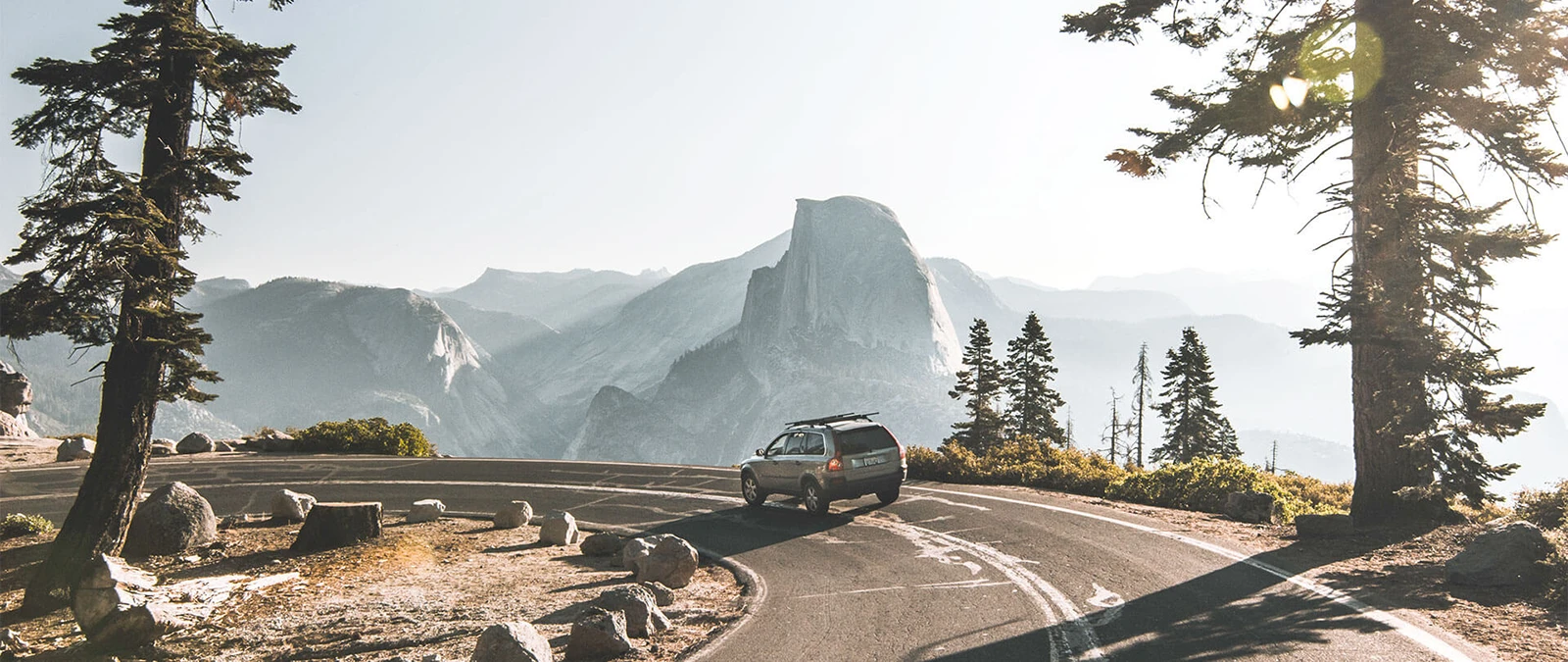Making Mariposa Memorable
Plan a Trip to Yosemite
As a world-famous destination drawing millions of visitors each year, Yosemite Mariposa County features landmarks such as Yosemite Valley, the Mariposa Grove of Giant Sequoias, the towering Upper Yosemite Falls as well as the beauty and charm of the areas outside the park. Given all that, it’s no surprise so many people plan a trip to Yosemite year after year. Here, we’ll show you the top tips for traveling to Yosemite Mariposa County, including what to pack, making reservations, traveling responsibly and more.
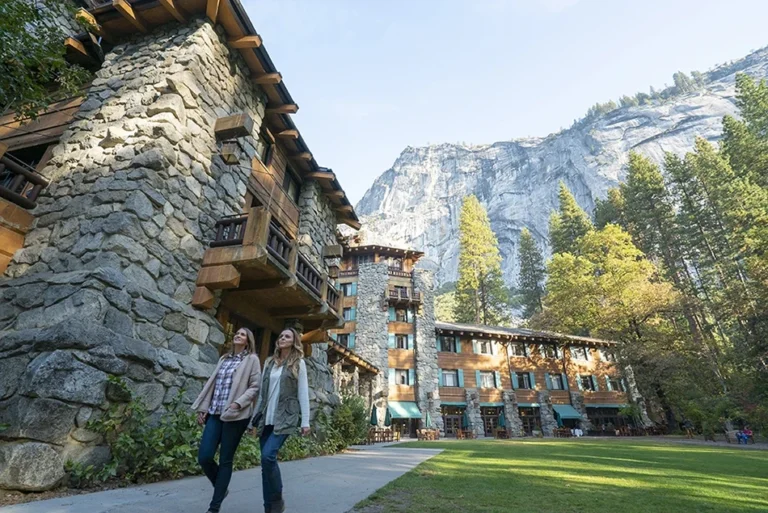
With enough advanced planning, finding the ideal place to stay on your next trip to Yosemite Mariposa County won’t be difficult. Choose from widely varying accommodations including resorts, vacation rental cabins, bed and breakfasts as well as camping. In other words, Mariposa County offers everything between “roughing it” and traveling in VIP style. Popular places to stay include Curry Village, Yosemite Valley Lodge and the picturesque Ahwahnee Hotel.
If you want to stay inside the park, the sooner you book your accommodations, the better. Lodging inside the park is limited, but is plentiful in greater Mariposa County. Planning ahead is never a bad idea when it comes to a Yosemite trip.
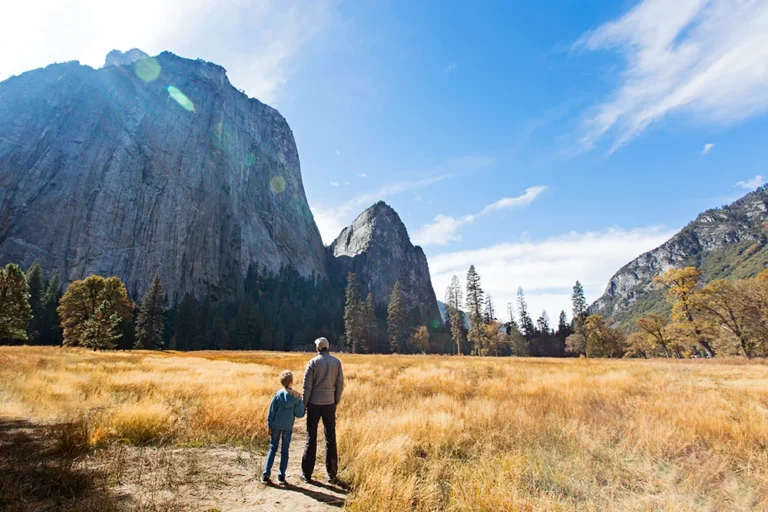
A road trip to Yosemite Mariposa County is a life-changing experience in the best possible way. Still, it’s important that visitors avoid changing Yosemite while here! Below are some tips visitors can follow in order to keep wildlife wild and Yosemite beautiful for generations to come.
- Avoid feeding wildlife
- Dispose of trash properly (leave no trace)
- Drive carefully and watch for bears
- Consider taking public transportation whenever possible
- Keep your distance from animals
- Avoid moving sticks and rocks in rivers
- Book direct to support local businesses
- Consider voluntourism
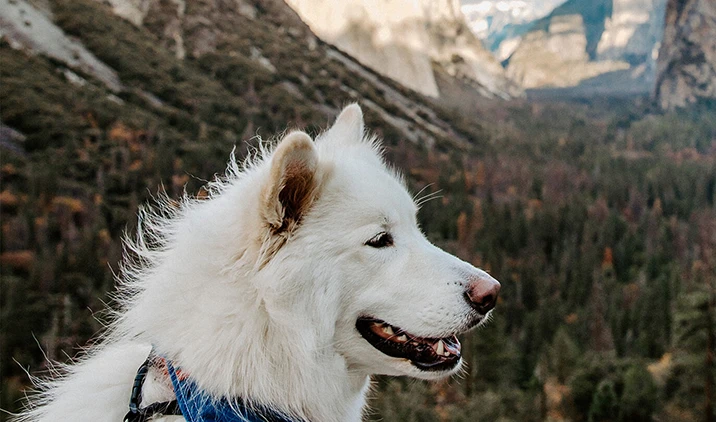
Furry friends have the power to make any trip instantly better. Still, it’s critical to know where pets are appropriate and where they’re best kept at home. When you visit the park, you’ll notice certain areas such as campgrounds and picnic areas are very dog-friendly. On the other hand, many hiking trails and most shuttle buses do not allow pets for their safety. Also, many accommodations including all in-park hotels prohibit pets inside the property’s buildings. Before you plan your trip, check out our Dog Lover’s Itinerary for a better sense of how you and your pup can have a great time in Mariposa County.
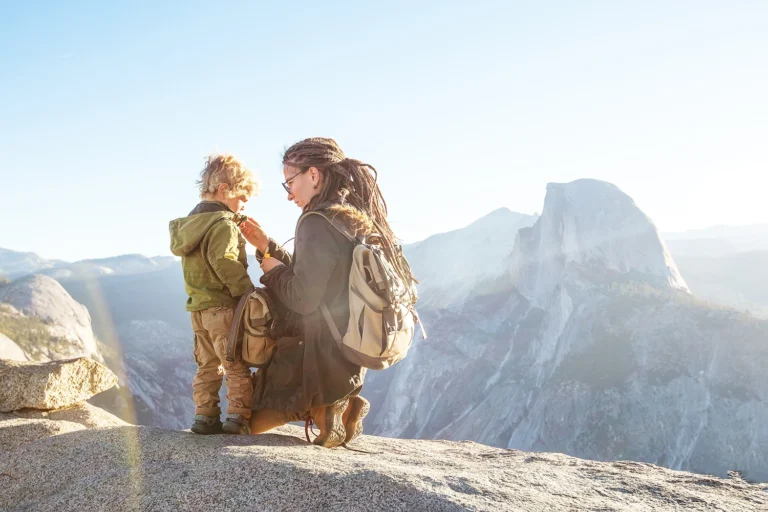
A word of advice: regardless of the time of year you’re visiting Yosemite Mariposa County, be prepared for anything, weather-wise. Generally, temperatures are warm during the long days of summer, but it has been known to snow at all times of year around here. When you’re out hiking or exploring, temperatures can drop significantly and suddenly, especially in the cooler seasons. Snow is virtually guaranteed during at least part of winter, with the conditions usually necessitating closures to certain roads for the better part of the season. Safe to say, whether you’re taking a day trip to Yosemite or backpacking for weeks, be sure to pack sunscreen, maps or other navigational tools, bring extra food and wear layers.
FAQs For Planning a Trip to Yosemite
Generally, year-round, with the entrances open 24 hours a day. That said, weather can sometimes cause closures to the park or the roads leading into it. Tioga Pass on the eastern side of the park is closed from October through May most years. Call (209) 372-0200 to check road conditions just prior to your visit.
Yes. Get maps, information, souvenirs and other trip tools at the following locations:
Yosemite Valley Visitor Center & Bookstore
Yosemite National Park CA 95389
Phone: (209) 379-2646
Wawona Visitor Center at Hill’s Studio (May to October)
Wawona, CA 95389
Tuolumne Meadows Visitor Center (approximately late May – late September, conditions permitting)
Tuolumne Meadows, 95389
Mariposa County Visitor Center
5158 State Highway 140 (corner of Highway 140 and 49)
Mariposa CA 95338
Phone: (209) 966-7081
Northern Mariposa County Visitor Center
10301 State Highway 49
Coulterville, CA 95311
Phone: (209) 878-3015
Yosemite Conservation Heritage Center
9006 Southside Dr.
Yosemite Valley, CA 95389
You can get around Yosemite Mariposa County by car, shuttle bus, tour bus, tram, on foot through hiking trails, by public transport and most other conventional ways of moving around an area. For more information about Yosemite public transportation, call (877) 989-2787, or visit http://yarts.com/.
Yosemite National Park has four main entrances, including Tioga Pass in the east; South Entrance (southern end of park); Big Oak Flat and Arch Rock Entrance (western side). Note that Tioga Pass is generally closed from October through May (or even later) each year due to road conditions.
Following are the costs to enter the park:
Private Non-commercial Vehicles – $35
Motorcycle – $30
Bus Passengers, Horseback, Bicyclists, and Persons on Foot – $10
Annual Yosemite Pass – $70 or America the Beautiful – National Parks & Federal Recreational Lands Annual Pass (Good for 1 year from purchase date) – $80
Senior Pass (a lifetime pass for US citizens 62 years and older): one-time issuance fee – $80 or $20 for a year.
Good news! We have a thorough list of itineraries for every type of traveler. From those that walk in John Muir’s footsteps to white-water action on the Merced to touring such iconic landmarks as Glacier Point, Tuolumne Meadows, Bridalveil Fall, Vernal Fall, Half Dome and more. Browse some of our favorite Yosemite itineraries.

